When we think of medleys in connection with popular music these days, it’s mostly in the context of live performances at Super Bowl halftime shows or other prestigious events. Given a big stage and just a little bit of time, an artist will cram in as many of their songs as possible.
Videos by American Songwriter
Believe it or not, there was a time when medleys were actually a viable way to attack the pop charts. You can give credit (or blame, depending on how you feel about these things) to the Dutch outfit known as Stars on 45 for starting the medley trend that, for about a year or two, made a major impact on radio worldwide.
The Stars are Aligned
It’s somewhat surprising that nobody thought of it before: Take a bunch of well-known songs from the rock catalog, rerecord them using reasonable facsimiles for soundalikes, and jam them all together. That’s essentially how Stars on 45 and the many other outfits who followed their example in the early ’80s operated.
The folks behind Stars on 45 actually came up with the idea secondhand. There was a bootleg 12-inch single circulating in Canada that took several songs by The Beatles, along with a couple of other popular hits from the ’60s and ’70s, and patched them together behind a dance beat.
This unofficial mix made its way to a Dutch fellow named William van Kooten, who was involved in music publishing. When van Kooten heard this medley and realized it included the Shocking Blue hit “Venus,” he thought he might try one of his own, since it was his company that owned the rights to “Venus.”
A Makeshift Fab Four
Van Kooten contacted Jaap Eggermont, who had recently produced a similar medley of ’50s classics. Eggermont replicated much of the bootleg, not by using The Beatles’ and others’ original recordings, which would have made it financially prohibitive to get the clearances, but by employing vocal soundalikes in the place of John Lennon, Paul McCartney, and George Harrison.
Eggermont put together an 11-minute mix, one that started with “Venus,” rolled into “Sugar Sugar” by The Archies, and then segued into a series of Beatles’ songs. The songs flowed smoothly into one another because there was a four-on-the-floor disco beat, including hand claps on the two and four, that percolated underneath it all.
The original idea was for this musical stew, which was called “Stars on 45 Medley” by Stars on 45, to do damage in dance clubs. But radio stations in the Netherlands soon were playing a smaller section of the medley, focusing on just The Beatles songs. Eggermont and van Kooten decided to head this development off at the pass by creating their own four-minute mix for radio stations.
Perfect Timing
This shorter version of the medley gained traction not just in The Netherlands, but also around the world. It actually went to No. 1 on the U.S. singles charts, the first medley to ever achieve that feat. The timing was ideal. In 1981, when the medley hit big, there was a wave of nostalgia for all things Beatles-related as fans were mourning the 1980 death of John Lennon.
The success of this medley brought out a wave of imitators. A few of these were put out by the folks behind Stars on 45, while others got in on the act as well. The Beatles and The Beach Boys even released their own sanctioned medleys as part of the craze, using the original recordings and not imitators.
It wasn’t long before the phenomenon died down. But it’s still quite amazing how much traction it gained there. If you’re listening to ’80s radio one day and you hear, for example, “Do You Want to Know a Secret” slipping seamlessly into “We Can Work it Out,” you know you’ve stumbled upon Stars on 45 and their unique contribution to pop music history.

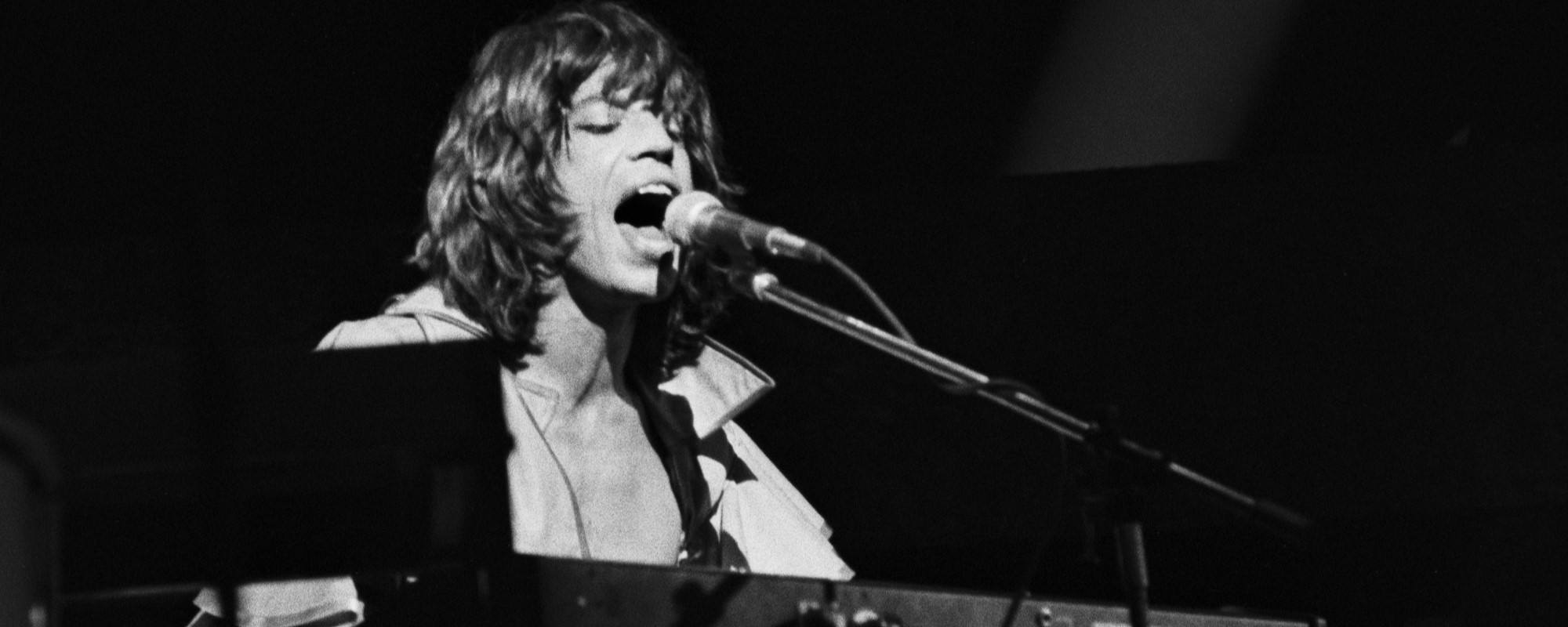
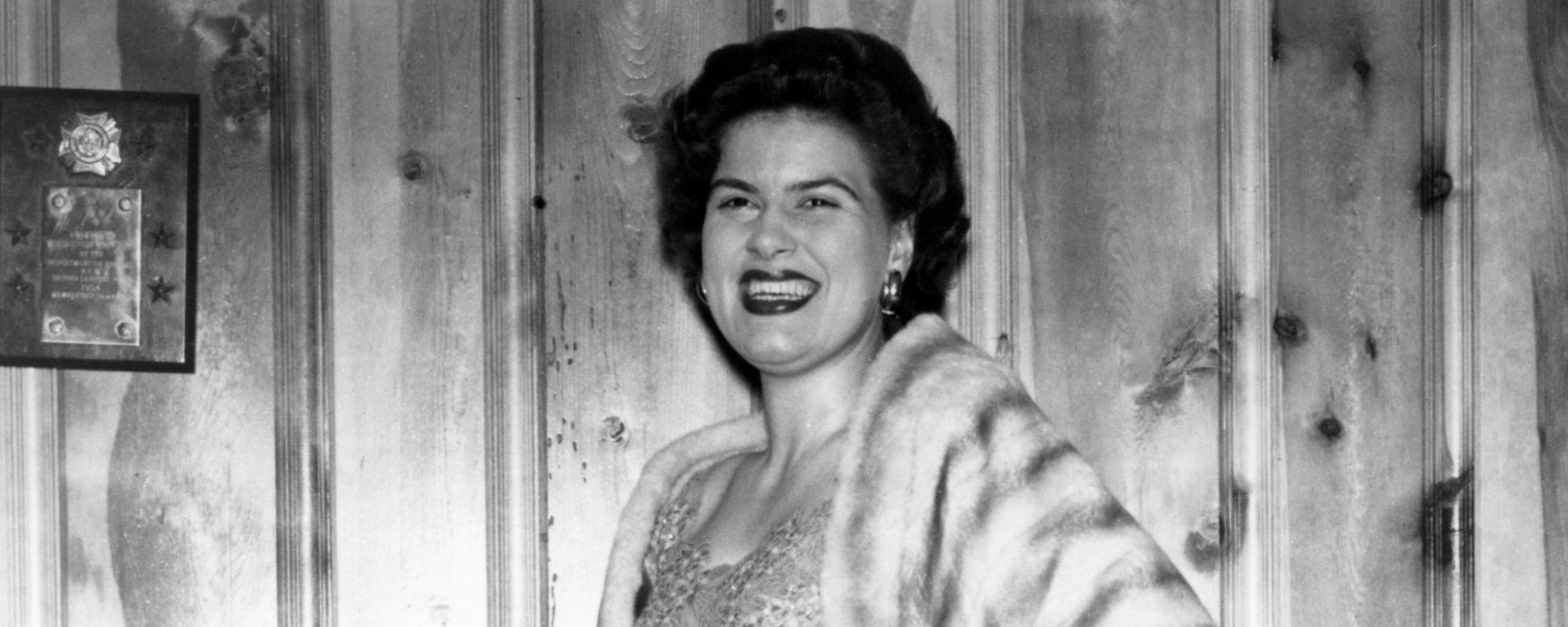
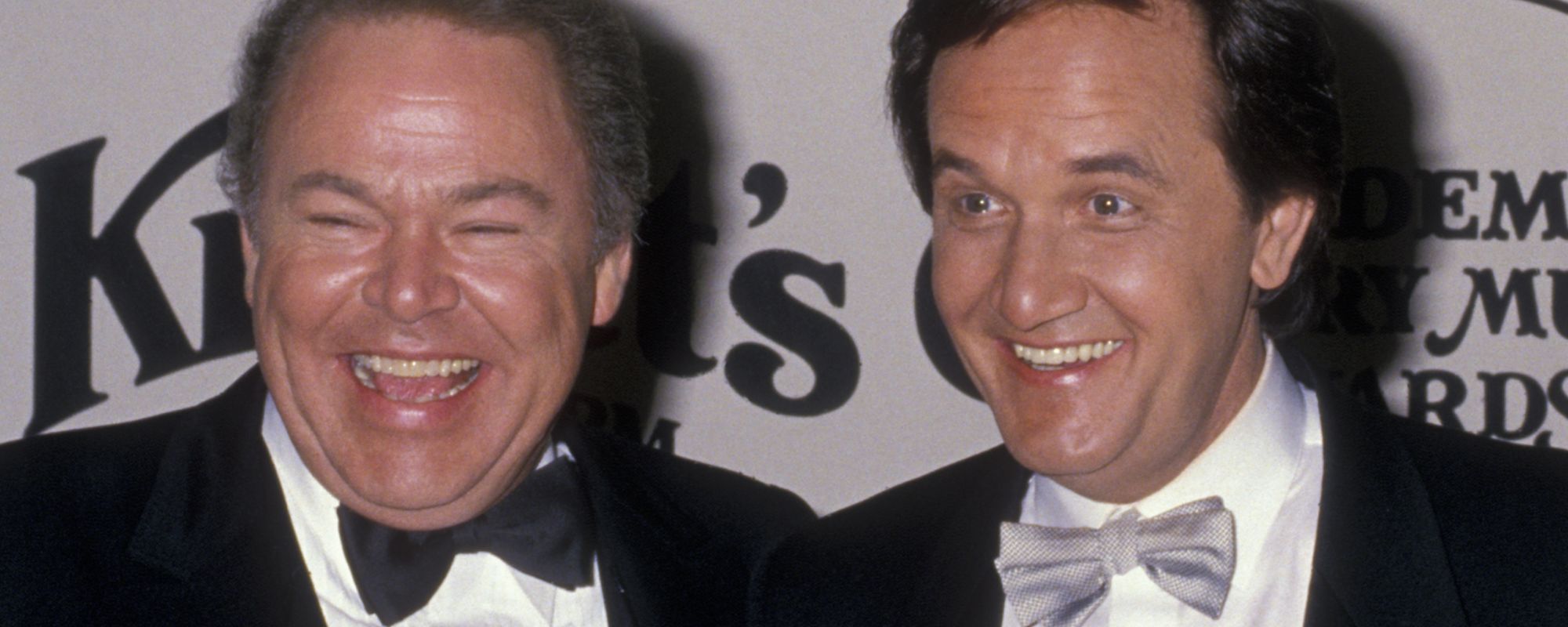
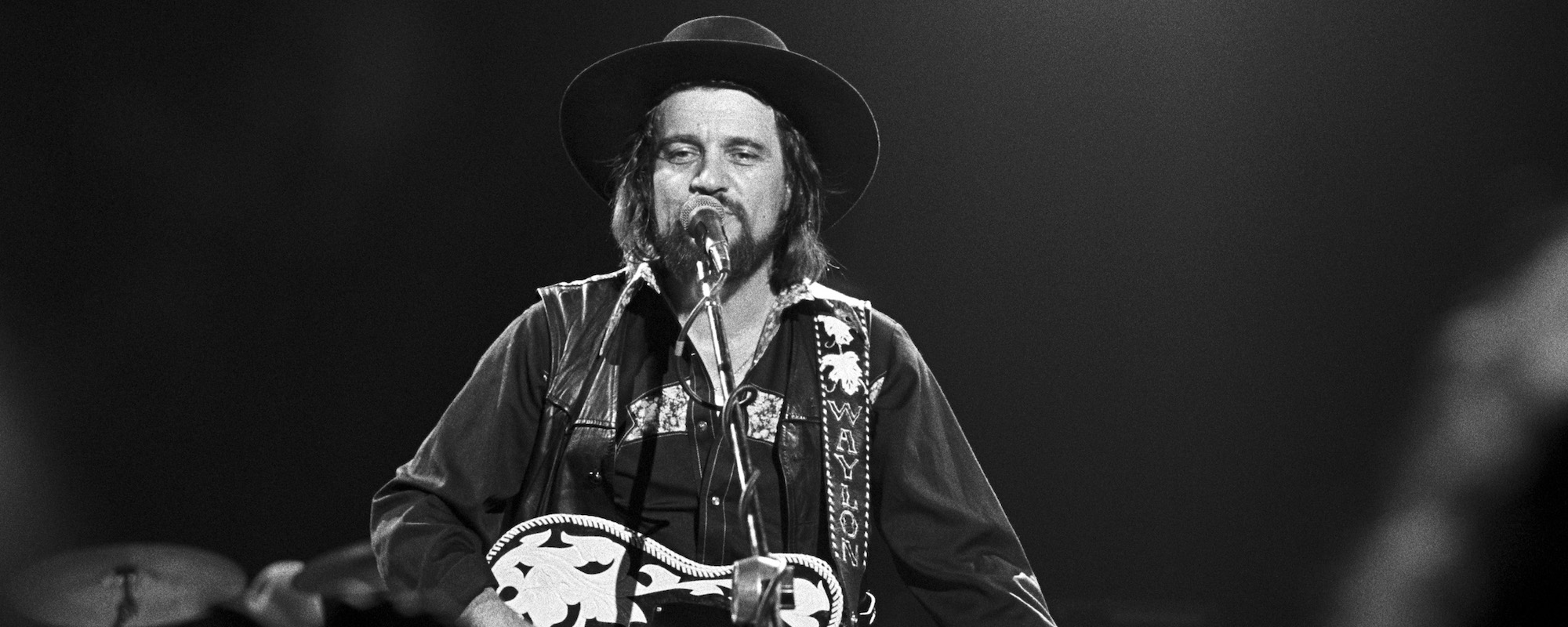
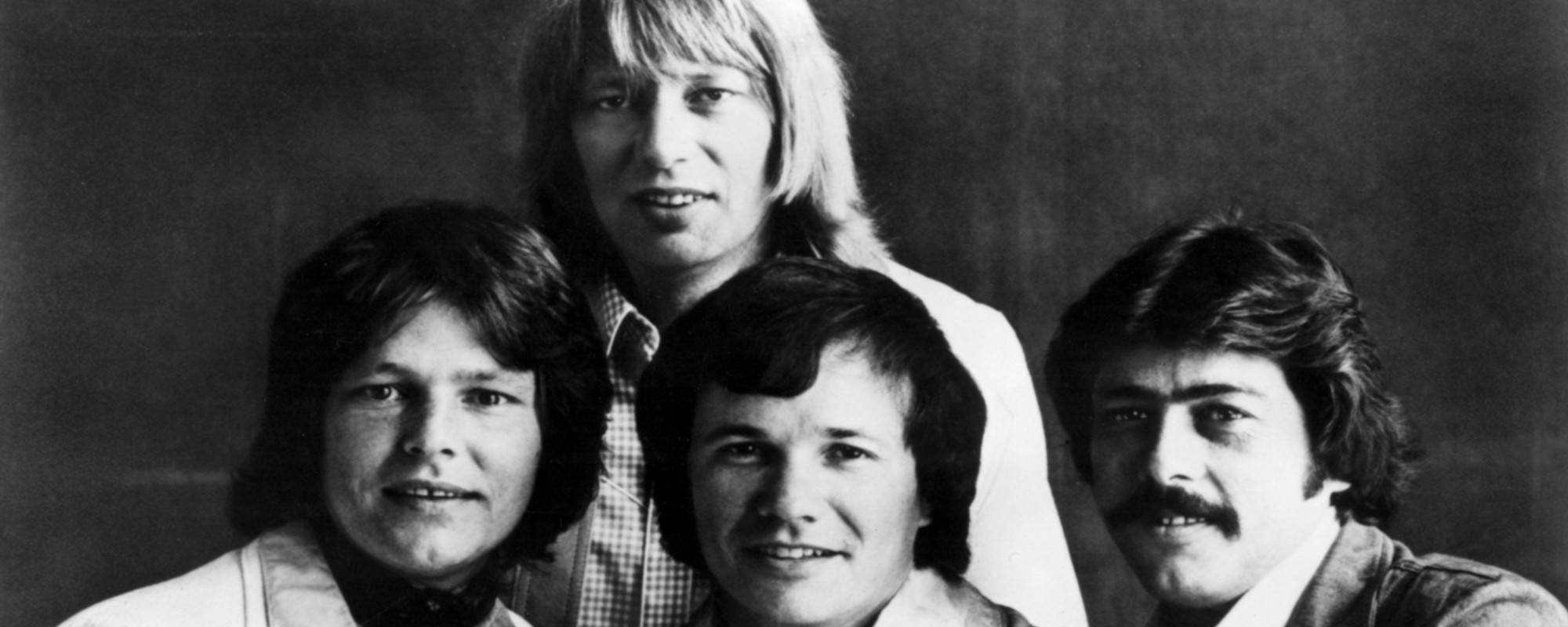

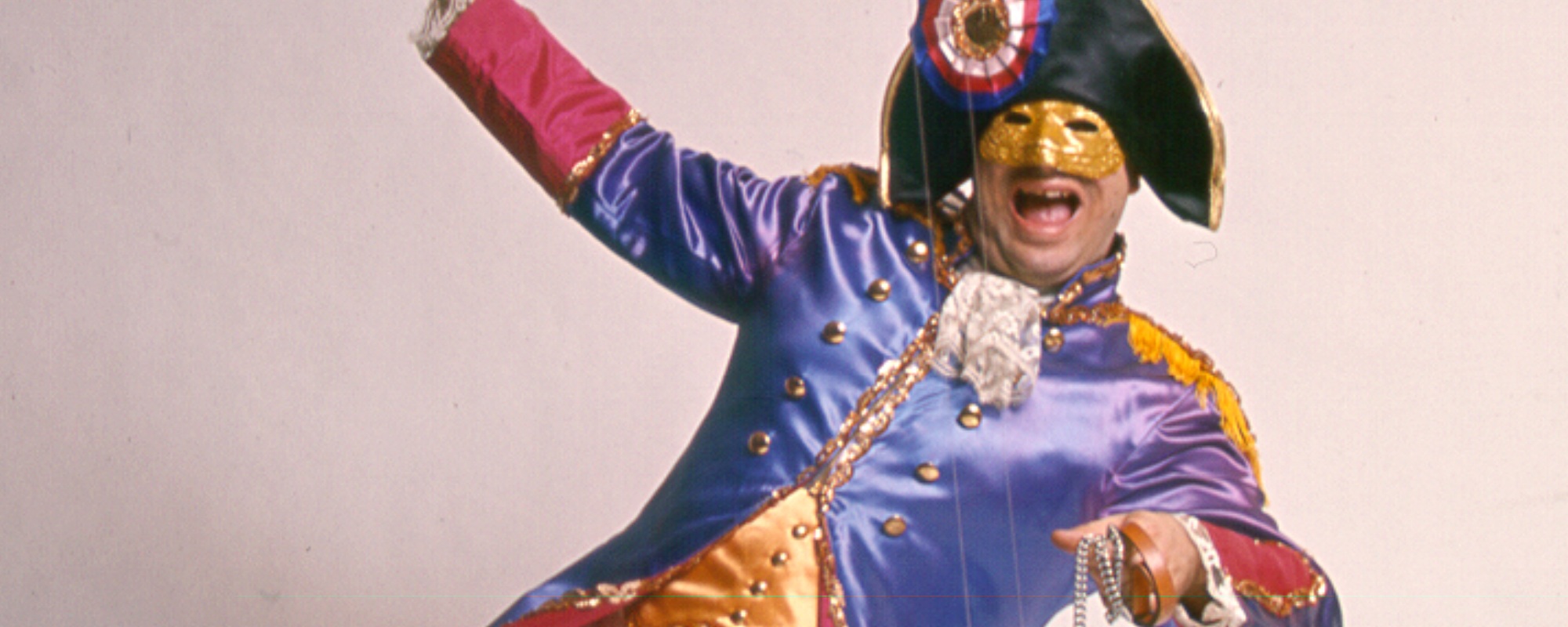
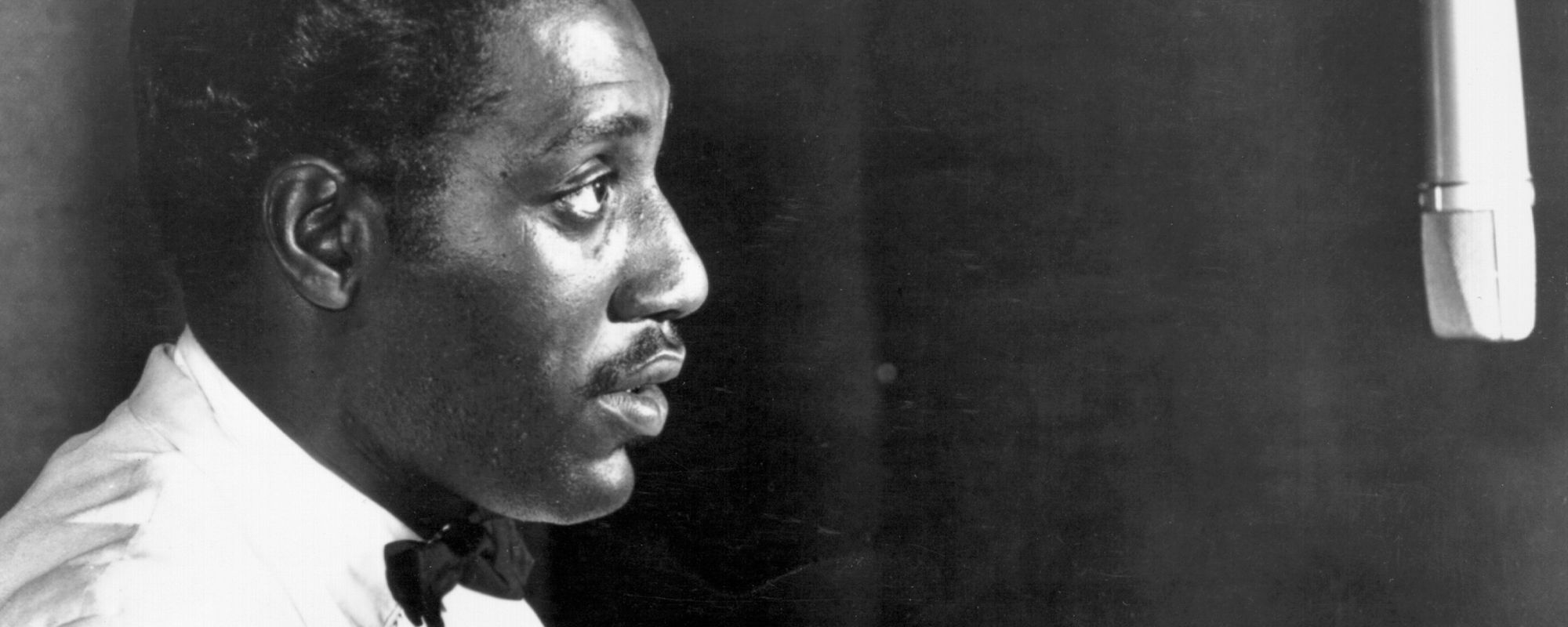
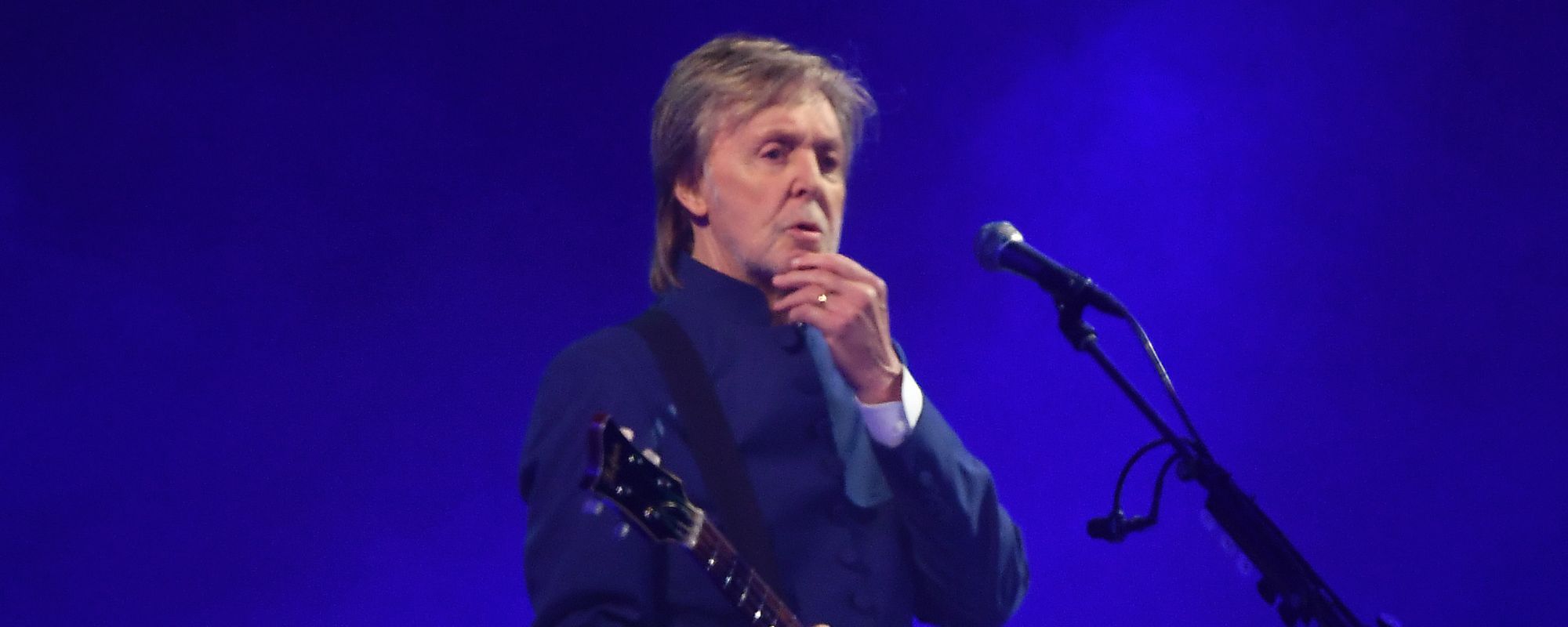
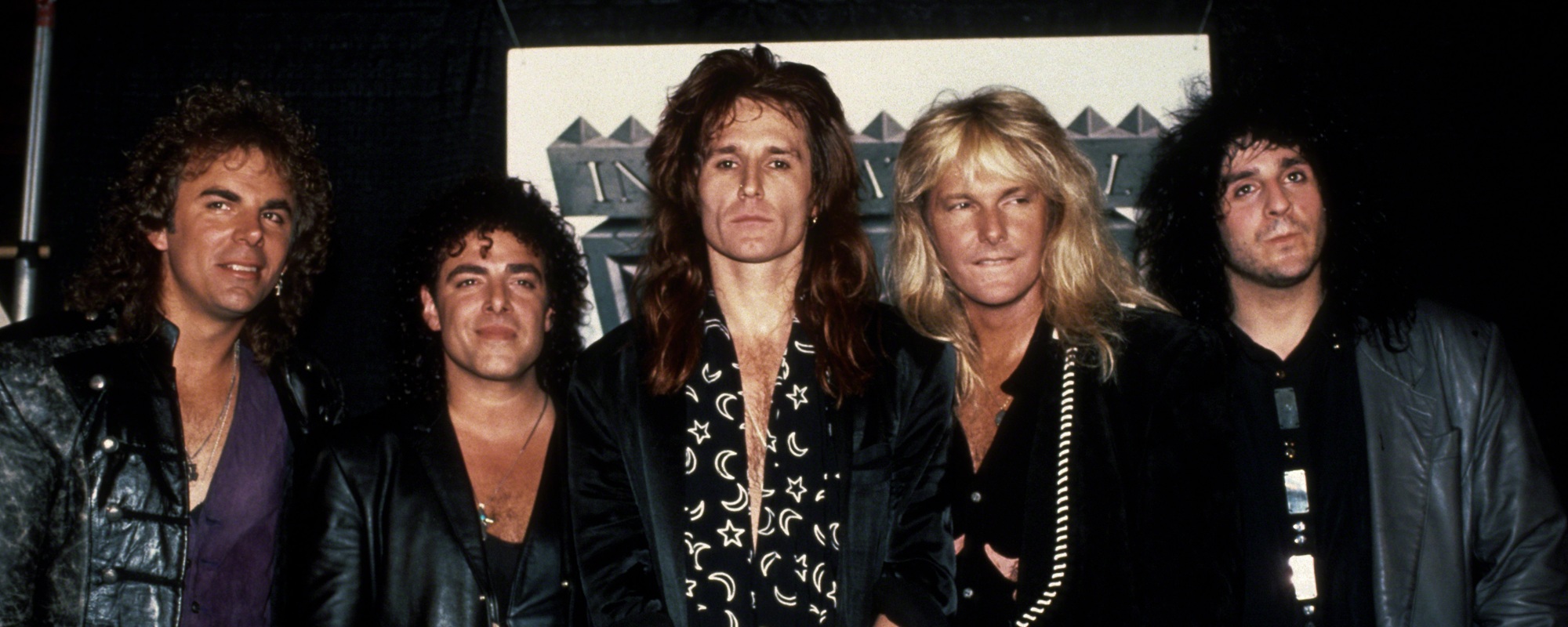
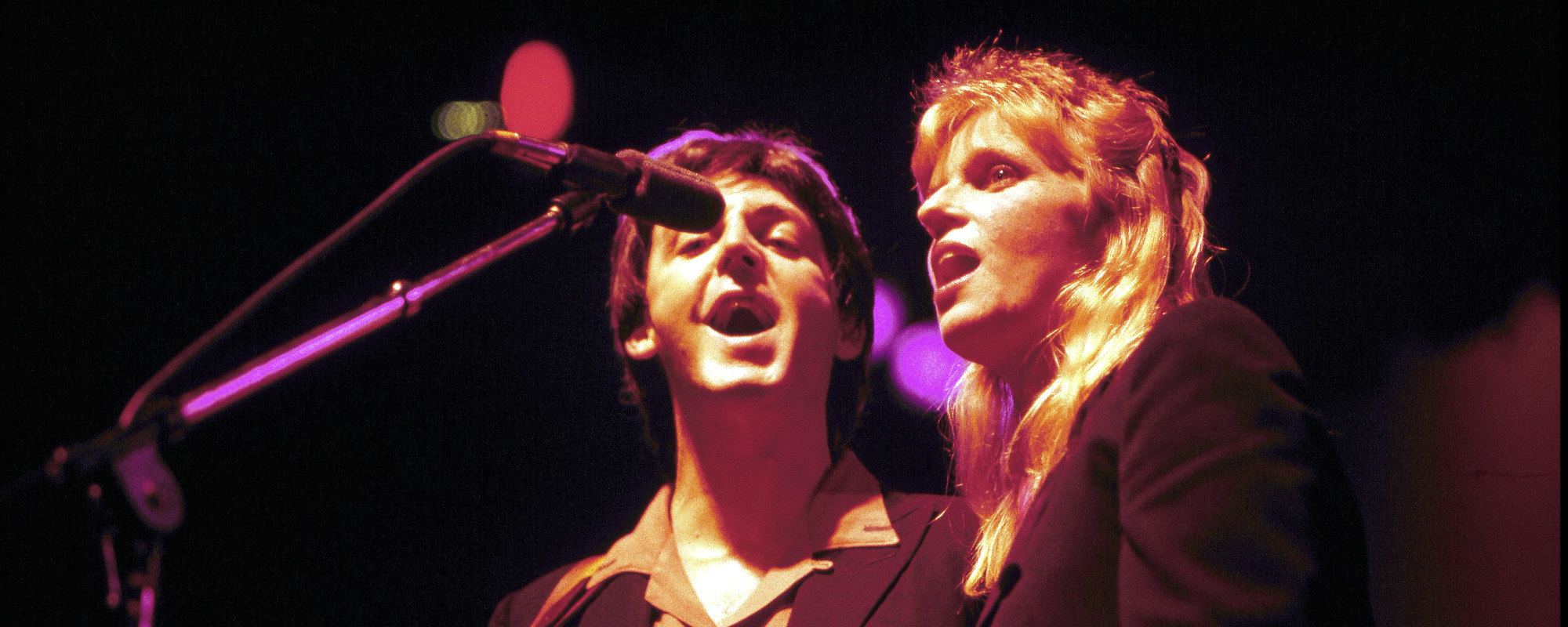
Leave a Reply
Only members can comment. Become a member. Already a member? Log in.